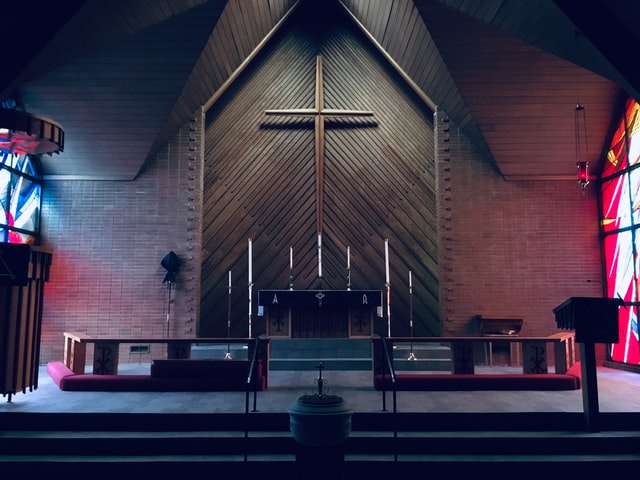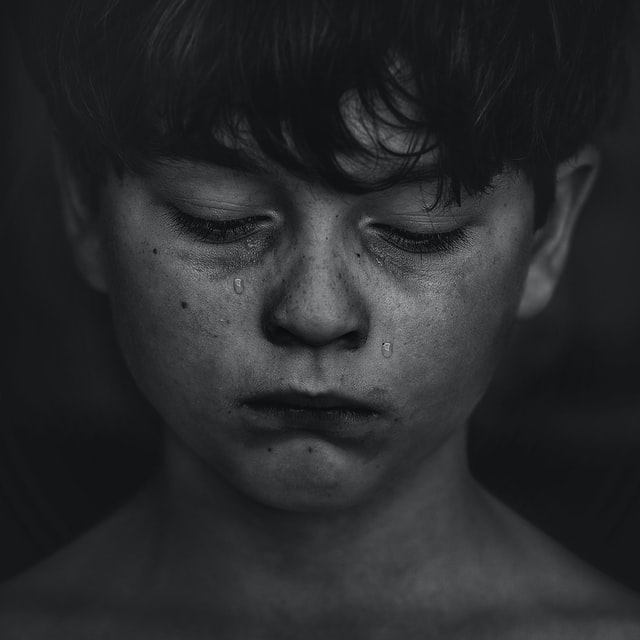France – and Germany
You have probably heard the Catholic news from France this week. The dimensions are truly tragic: “216,000 people were sexually abused by clerics and another 114,000 by lay people in Church-related functions such as catechists and schoolteachers since 1950,” according to The Tablet. That’s about half the number of those who have died so far from COVID in the US, just to put it in context.
You probably haven’t heard much of what’s happening about either sex abuse or the German Synod. I will write about them, too. But first to France.
As might be expected, the French online daily LaCroix International had the most complete reporting. If you want to follow the details of this story and the responses to it, I suggest you subscribe for a month or whatever they offer you when you link to one of the articles below. I will briefly summarize those I felt most important here.
For weeks, LaCroix has been warning that this report is going to be devastating. On September 28, they interviewed abuse survivors, not many of whose voices have been lifted up elsewhere. It’s powerful:
“Fabienne, a consecrated woman, was raped in the 1980s when she was a teenager…’May I never again hear a representative of the episcopate describe the words of a victim as arrogant, as they said about mine,’ she confided.”
Notice: a woman, still a nun, though 80% of victims were men, even in this article. All had concrete demands for change.
LaCroix’s most complete summary of the October 5 report of the Independent Commission on Sexual Abuse in the Church (CIASE), known informally as the Sauvé Commission, includes “five key points:”
- Alarming figures for the Church: “between 2,900 and 3,200 priests…is a comparatively low figure, but it is the ‘floor’ range.”
- Sexual violence is more frequent in the Church environment: 1.16% compared to 0.36% in summer camps and 0.34% in public schools. “These figures contradict the often-heard line of defense that abuse is no worse in the Church than in other social settings.”
- The Church’s slow evolution in responding to abuse: “For a long time, the Catholic Church was primarily concerned with protecting itself as an institution and showed a complete and even cruel indifference towards people who had been assaulted,” said Jean-Marc Sauvé, president of CIASE,” a highly-respected person in France. Three distinct periods in the evolution are summarized.
- A demand that the institution be held responsible: “In the face of this [“denial of reality”], there must be a ‘process of truth and reparation on the part of the Church,’ and an ‘acknowledgement of responsibility’…Financial reparation ‘cannot be purely lump-sum,’ contrary to the current plans of the French bishops’ conference” and must “be funded ‘without an appeal for donations from the faithful, as this would not be consistent with the recognition of the Church’s responsibility as an institution.’”
- A list of recommendations: some above but no less than 45!
Étienne Grieu, a Jesuit priest and theologian who “is rector of the university his order runs in Paris (Centre Sèvres)” gave the best interview that I read about the Sauvé Report. He begins with emotions that are appropriate in response: “rebellion, anger, sadness, disgust, desolation,” and continues with analysis of the structural problems: “a kind of omertà (code of silence)” and “a certain theology of ministry,” which he then describes:
The one that presents the priest as “another Christ” (alter Christus). This notion was emphasized in the 17th century by the French school of spirituality [Pierre de Bérulle, Saint Vincent de Paul, Jean-Jacques Olier, Saint Jean Eudes, Saint Louis-Marie Grignion de Montfort, Bossuet, editor’s note] and in line with the Council of Trent (1545-1563).
But this can lead to faulty theology when the priest is removed from the common condition.
For the Fathers of the Church, every Christian is a figure of Christ.
His conclusion? “In the midst of this cataclysm, we believe that something new can emerge.” All of us “figures of Christ” can agree on at least one suggestion, I imagine.
While I have not read the full report, my sense is that it’s written by secular experts in various fields who understand the Church in France. LaCroix describes the personnel and the process, as well as reminding us that other countries are not free from this scandal.
But Germany is not included, which allows me my pivot. This week, Pope Francis left Cardinal Rainer Maria Woelki “in office as Cardinal Archbishop of Cologne, and granted him several months to reflect on the events that led him to offer the Pope his resignation. The cardinal was accused of protecting priests accused of sexual abuse.” The Tablet characterizes the response in Germany as “cautious” from German Bishops’ conference president Georg Bätzing to “hostile” from the president of the Central Committee of (lay) Catholics (ZdK), Thomas Sternberg, to a “declaration of moral bankruptcy” from theologian Thomas Schüller of Münster University. I know the first two, at least, are involved in the Synodal Process, and I wonder if these and the other frank reactions quoted in this article are a result of wide coverage in Germany of the Synod’s endorsement of reforms. I was going to write about this, but I’m already too long; I hope next week to do that.
I will only call your attention to two more articles on the French situation. Pope Francis expressed “shame” because of what is documented in the report, which the NCR presents as having been “voluntarily commissioned by the French bishops’ conference” in contrast to the independence LaCroix describes.
I heard on the radio that the Pope almost cried in commenting on the Sauve report. Valarie Pavilonis did cry, as she writes in America. A Yale senior, she reaffirms for me the value of a liberal arts education. She cries, then conducts a survey on Twitter; analyzes the language of the Pope and the petitions she’s heard in many parishes; summarizes the age demographics of the American church; and concludes by looking at her future:
as long as these abuse scandals keep rolling out, one by one—I will keep looking at the doors of my church and wonder if I really will take my child inside after all.
“For the victims of the sex abuse crisis,” we pray. No, for the victims of the church, for that is what they are.



3 Responses
The ordination of women will not be sufficient to resolve all institutional issues, but it is necessary to resolved most, especially those related to issues of human sexuality.
“Every Christian is a figure of Christ” confirms that not just the ordained person re-presents Christs in the community and during worship. Going beyond this, we should be able to identify the “face of God” in every person we meet, whether Christian or not, whether believer in God or not. All of creation, including plants, animals, and humans, reflect something of the Creator
Thanks, Norm. That’s the sentence I wanted to emphasize.